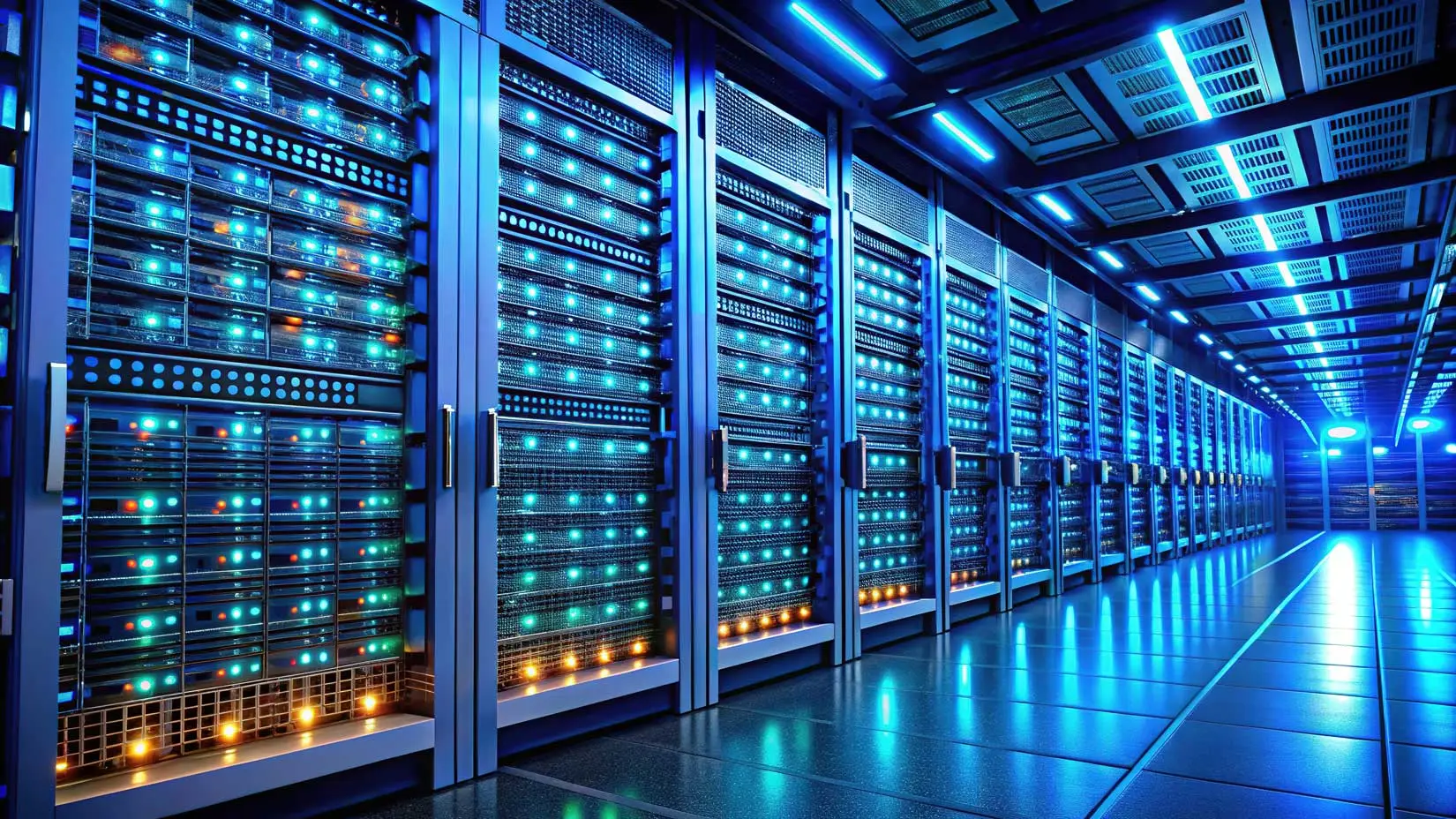Joint White Paper by Soteria Company and Admira Distributed Hybrid Energy Systems Inc. (Admira DHES)
1. Soteria Company: Integrated Hazard, Threat & Vulnerability Expertise
Soteria Company, LLC is a safety and security engineering firm with deep, certifiable experience delivering system safety, security, and assurance for mission-critical infrastructure. Its capabilities include Hazard Analysis, Threat & Vulnerability Assessments, Safety & Security Certification, Protective Engineering, Reliability/Availability/Maintainability (RAMS), Cybersecurity for SCADA/ICS, Emergency Preparedness, and Operational Readiness. Soteria’s proactive approach—’Building the Safest Route Home’—emphasizes risk control from concept to commissioning, backed by rigorous human-factors and system safety practices.
For data centers, Soteria leads a full-stack Hazard, Threat, and Vulnerability Analysis (HTVA) across cyber, physical, operational, and environmental domains. It develops safety and security management plans, defines safety integrity levels, hardens control networks, and provides comprehensive emergency and training programs. The result is a certifiable, resilient, and compliant operational framework for advanced cooling and power systems.
2. Admira DHES: Clean-Energy Engineering & Cryogenic Systems Integration
Admira DHES Inc. is a specialized engineering consultancy focused on hydrogen systems, cryogenic technologies, energy storage, and industrial decarbonization. With a strong foundation in applied energy engineering and integration, Admira’s team designs right-sized, practical solutions that enhance energy efficiency and safety. The company’s core expertise spans green hydrogen ecosystems, safety engineering, and hybrid cryogenic cooling systems.
specialized engineering consultancy focused on hydrogen systems, cryogenic technologies, energy storage, and industrial decarbonization. With a strong foundation in applied energy engineering and integration, Admira’s team designs right-sized, practical solutions that enhance energy efficiency and safety. The company’s core expertise spans green hydrogen ecosystems, safety engineering, and hybrid cryogenic cooling systems.
In data center applications, Admira engineers the cryogenic cooling plant, storage, piping, heat exchangers, and controls while integrating these systems seamlessly into existing facility management infrastructure. Admira’s modeling, design, and control strategies enable off-peak liquefaction, thermal storage, and even power recovery—reducing overall power use and aligning with carbon reduction and ESG targets.
3. The Business Opportunity
The exponential rise of GPU and AI computing has pushed cooling systems to their limits. Racks exceeding 50–100 kW demand advanced solutions that traditional chillers cannot efficiently handle. Cooling now consumes up to 40% of a data center’s total power. Cryogenic cooling presents a unique opportunity: combining energy efficiency, resilience, and sustainability in one integrated platform. Facilities adopting this technology can reduce peak power demand, increase uptime, and achieve a competitive ESG and performance edge.
4. Technical Solution: Cryogenic Cooling Adapted for Data Centers
The proposed solution uses cryogenic liquids—such as liquid nitrogen or liquid air at approximately −196°C—as a high-density, on-demand cooling source. Liquid air is produced off-peak using low-cost or renewable energy and stored in insulated tanks. When needed, it flows through heat exchangers that rapidly absorb heat as the liquid evaporates, producing super-cooled gas to support air-side or liquid-loop cooling systems. This process delivers an instantaneous thermal response, ideal for AI and GPU workloads. The proposed solution will feature minimal use of water and zero emissions as the solution uses cryogenic fluid-based heat exchangers for cooling the data centre. These features provide a major environmental benefit as many data centers are in regions where water is scarce.
The system also enables peak shaving and energy flexibility. Off-peak liquefaction and on-demand cooling decouple energy use from IT load peaks, improving Power Usage Effectiveness (PUE) and reducing operational costs. Optional expansion turbines can recover power during cryogen vaporization, further enhancing efficiency. Equipment—tanks, valves, vaporizers—is mature and readily available from the industrial gas sector, making adoption practical and scalable.
5. Risk-Ready and Integration Approach
Soteria and Admira jointly ensure that safety and resilience are built into every layer of deployment. Soteria conducts comprehensive HAZOP, FMEA, and HTVA studies to identify and mitigate risks such as oxygen deficiency, pressure build-up, and control system vulnerabilities. Their cybersecurity framework protects BMS and SCADA systems from external threats. Admira’s process design integrates redundancy, predictive maintenance, and automated controls to ensure continuous operation. Together, the companies provide a turnkey, risk-assured engineering solution for modern high-density data centers.
6. Conclusion and Next Steps
The partnership of Soteria and Admira DHES represents a new model for safe, efficient, and sustainable data center cooling. By adapting proven cryogenic technologies from the mining and industrial sectors, this approach addresses the dual imperatives of thermal management and energy optimization. We invite data center operators, investors, and regulators to collaborate in pilot deployments that demonstrate the business and technical advantages of cryogenic cooling—combining innovation, efficiency, and uncompromising safety.



